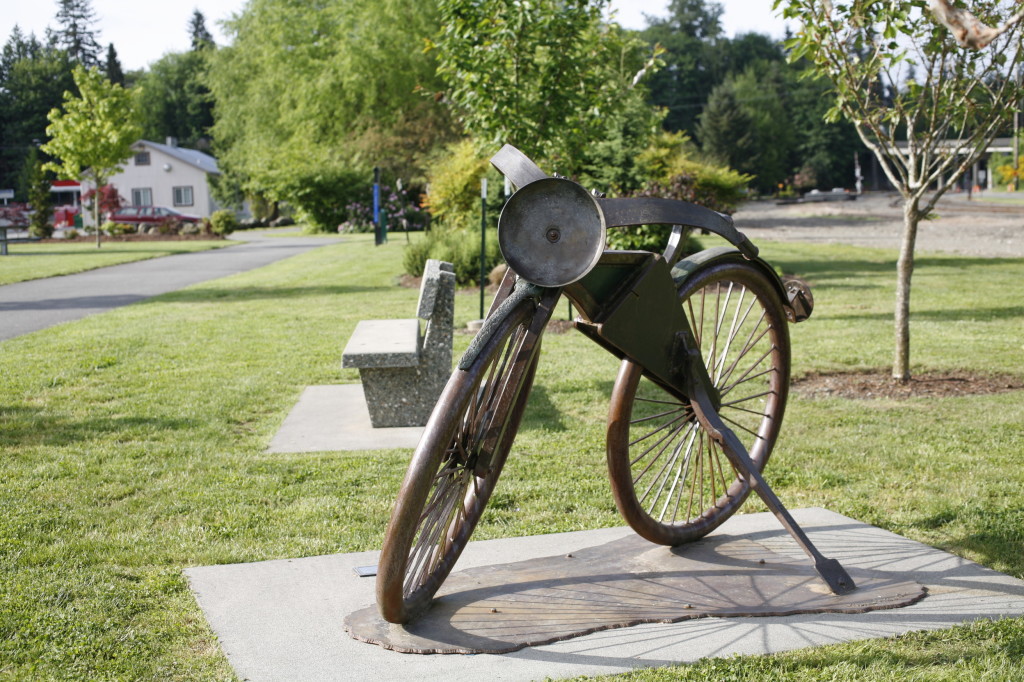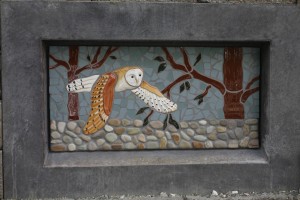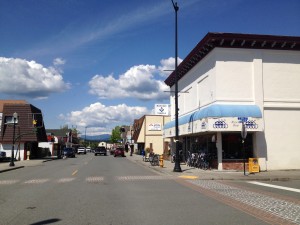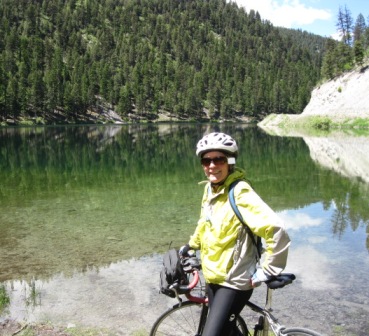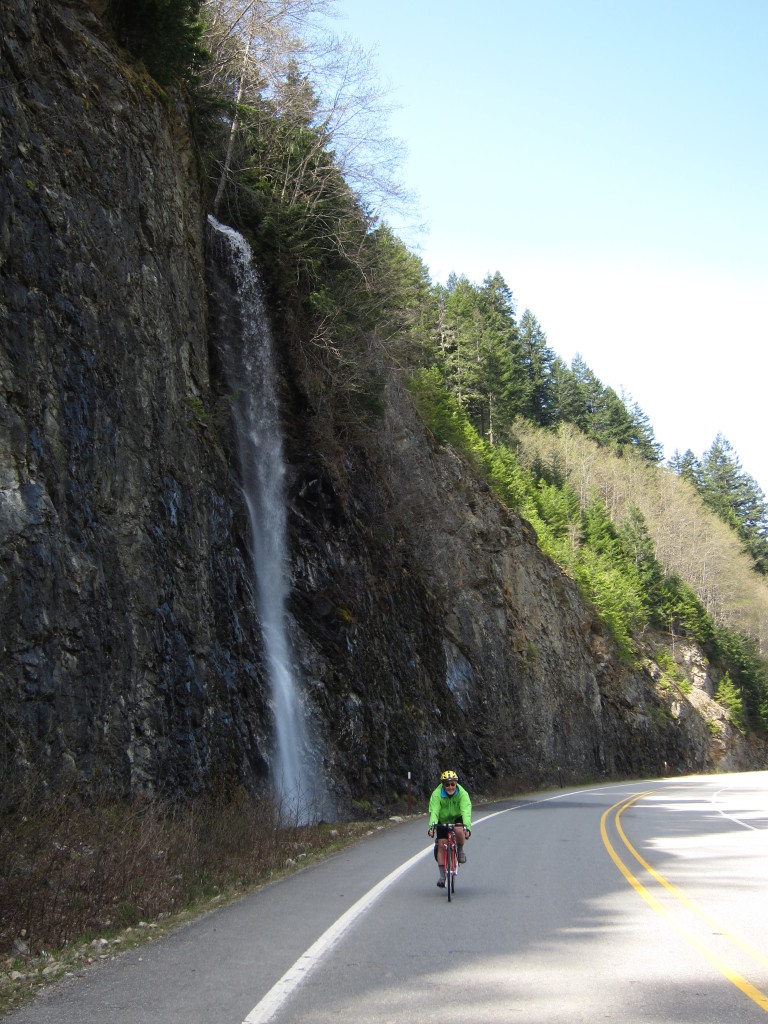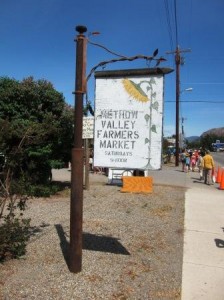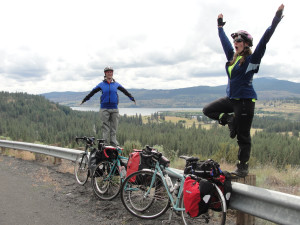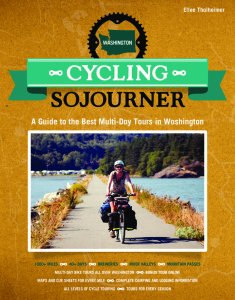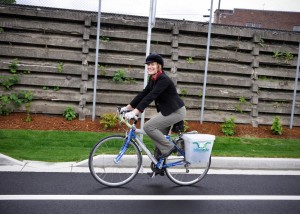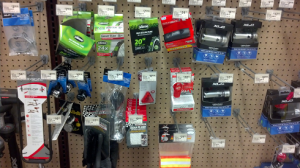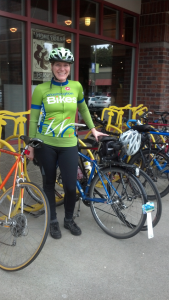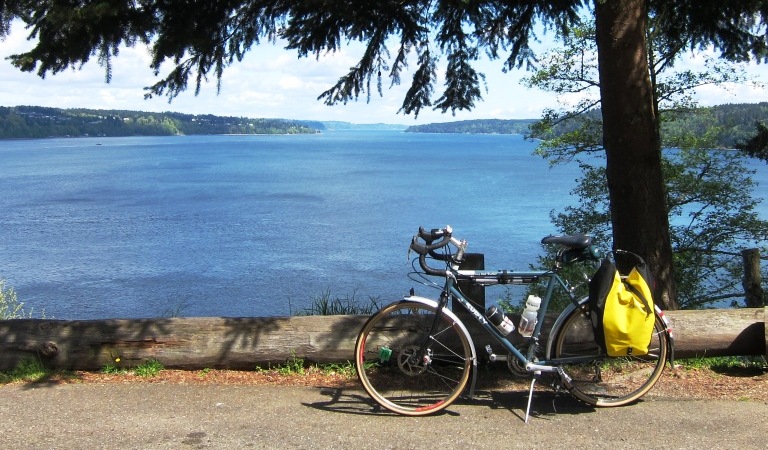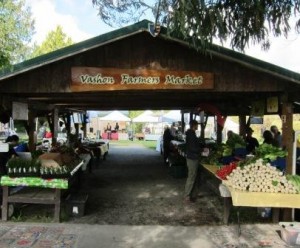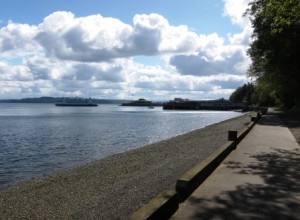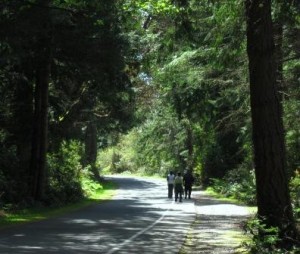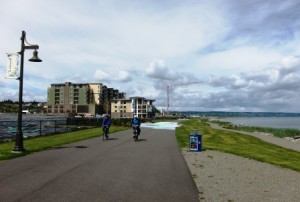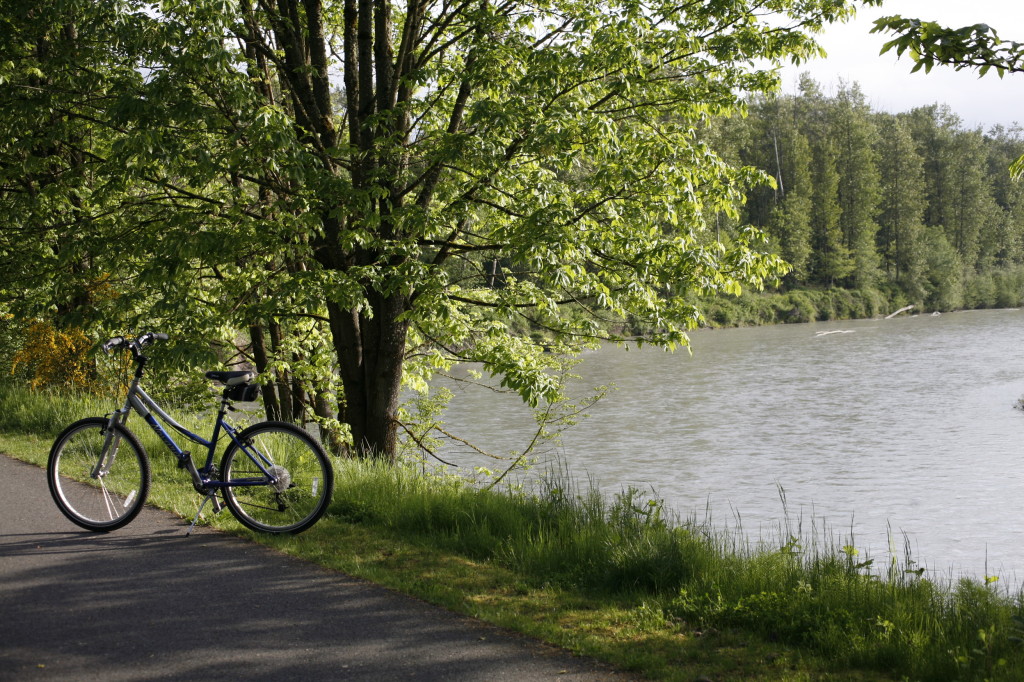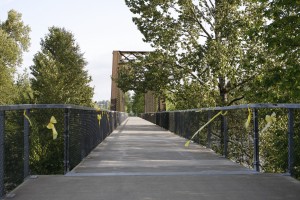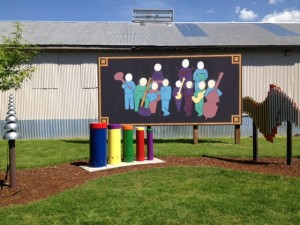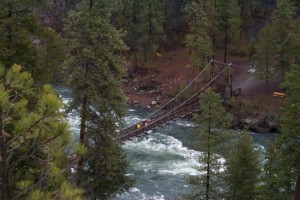Snohomish County Bikes: an ongoing series highlighting great bike rides across Snohomish County. Share your own great ride with us here!
Location: City of Snohomish or Arlington [Trail Map]
Distance: 44 miles
Best for: beginner to intermediate riders
Highlights: Car free, scenery, restaurants, shopping
There’s something special about a bike ride with a mid-point destination. It gives you a really tangible goal to strive for and against which to gauge your effort. Tired legs feel a little more manageable when you think “I’m almost to the halfway mark” or even better, “I’m way more than halfway done and almost home!”
Riding the Centennial Trail from Snohomish to Arlington and back (or vice versa) is a classic Snohomish County bicycle route. The 44-mile, round-trip ride can certainly be a challenge for many riders. But the trail is relatively flat, car free, and presents the opportunity for a nice break halfway through over coffee and pastries or a nice lunch at one of the cities’ downtown establishments.
When I rode this route, I parked in Snohomish and rode north and back. Coming from Seattle it made sense to park at the southern terminus of the trail rather than heading to Arlington and backtracking by bike. There is ample parking next to the trail at the Boys and Girls Club and Snohomish skatepark (402 2nd Street Snohomish). There is a port-a-potty available at the park, but no water fountains, to my knowledge.
Leaving from Snohomish, the trail immediately crosses four or five roads in the first mile. This initial stop and go is a little frustrating, but gives way to long open stretches of trail with no road crossings afterwards. In fact, those long stretches of uninterrupted trail are one of the Centennial’s greatest features. Cruising along for miles without concern for cars is a wonderful experience that amplifies the already-relaxing experience of riding a bike.
The trail winds its way past old-fashioned farms with horses and cows out to pasture, through green forests, along the Pilchuck River and Little Pilchuck Creek at times. On a clear day, the trail offers the occasional views of the North Cascades looming in the distance. It is a diversity of scenery that helps keep things fun and interesting as you pedal your way down the trail.
As with all rail-trails, the Centennial is mostly flat. There were times when the trail trended noticeably up or down hill, but it’s never enough to really be considered a climb or descent.
I was, unfortunately, pressed for time the day I did the route and didn’t have a chance to grab a proper
lunch at the halfway point in Arlington. Instead I just topped off my water bottles in Arlington’s Legion Park, through which the trail cuts, enjoyed a quick Clif bar (“enjoyed” is perhaps too strong a word for bike food) on a park bench, then turned around and headed back the way I came.
I missed out on a friendly bike shop, Arlington Velo Sport and other recommended spots for a beer or food including Arlington Thai Cuisine and Rocket Alley Bar and Grill.
I made it back to my car about 3 ½ hours after leaving. With a speed limit of 15 MPH and plenty of families, dogs, and other bikers out on nice days, the Centennial encourages a relaxing pace, not race pace.
After a quick change back into street clothes, I made my way to the Snohomish Bakery for a post-ride pastry and latte. Caffeine, sugar, and buttery calories are never so satisfying as when consumed after a great bike ride.
Josh Cohen is a freelance writer, editor of The Bicycle Story and a contributing author to the newly released Cycling Sojourner: a Guide to the Best Multi-Day Tours in Washington.
Top photo of art bike by the Centennial Trail is courtesy of Debora Nelson.
